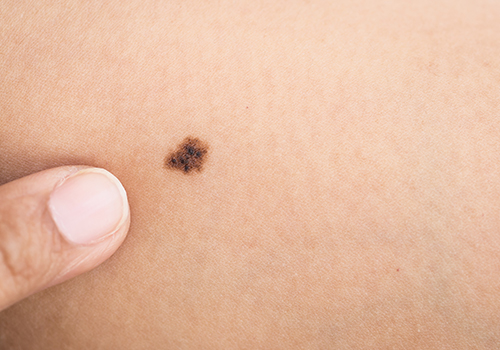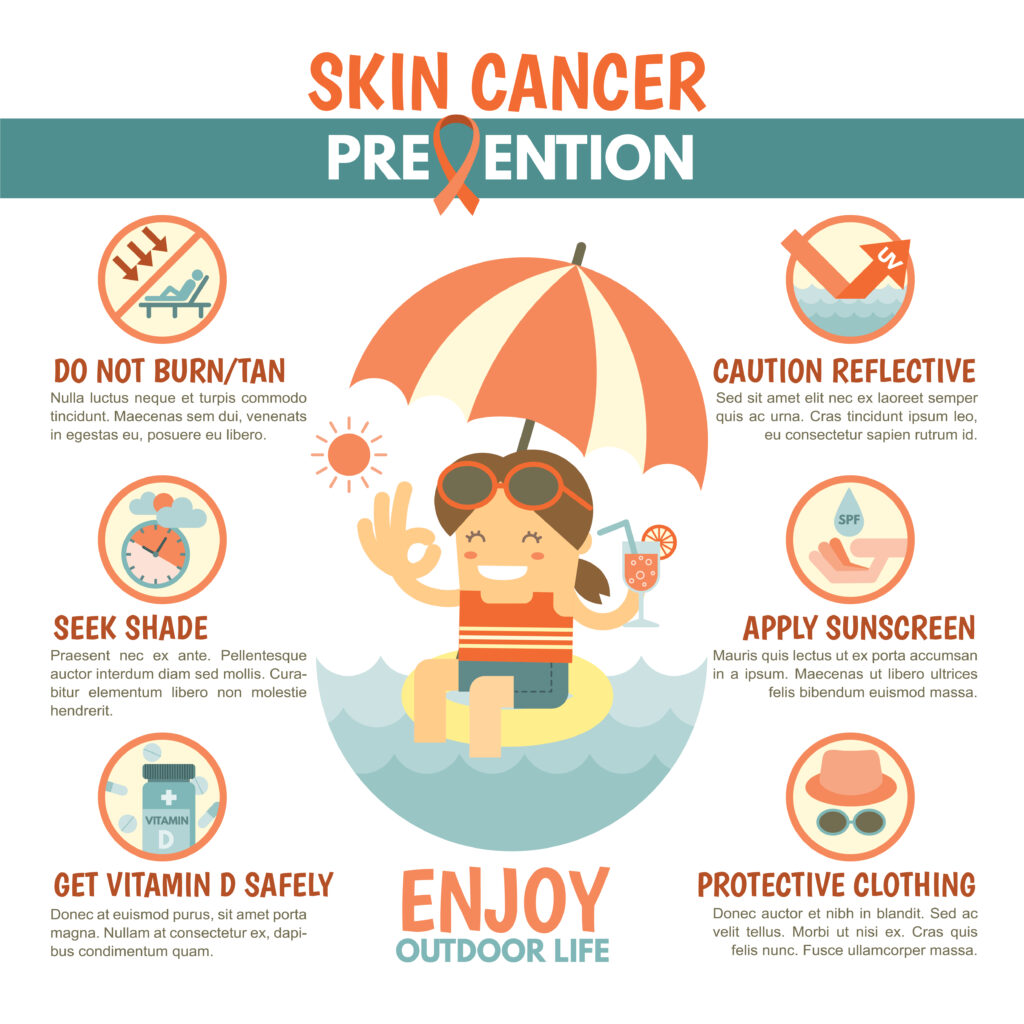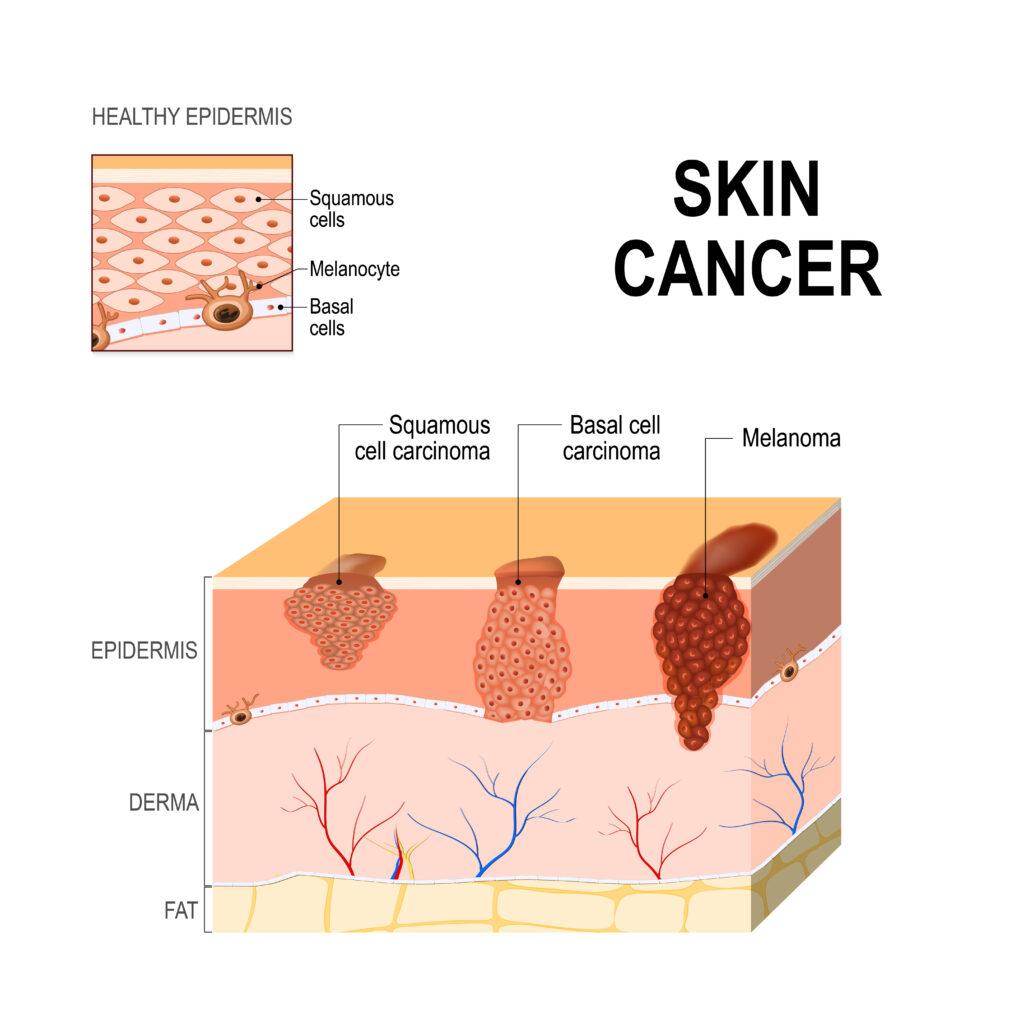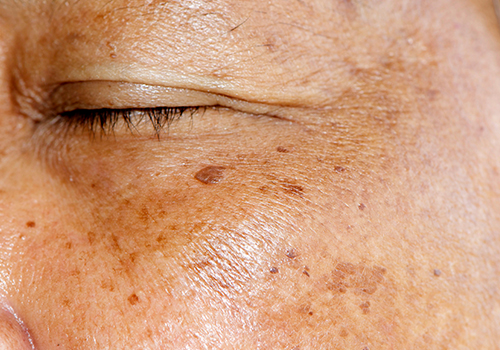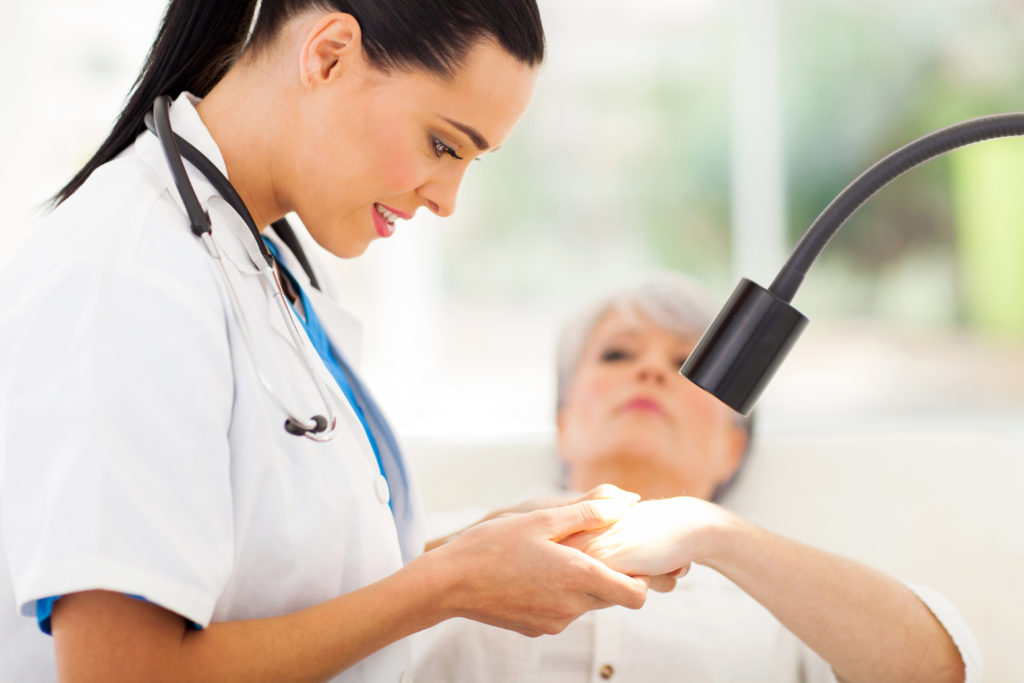
As delightful as traveling can be, it’s often challenging on your skin. From lack of air circulation to new climates to opting for hotel skincare over products that you know work for you, there are a lot of factors that can impact your skin. Rather than appearing fresh and glowing, most of us end up with dull, dry skin with new pimples – which can make you want to avoid the camera rather than capture memories to savor later.
Fortunately, there are things that you can do in order to prep your skin for travel in order to help it stay healthy throughout your trip. Here’s what you need to know about what you can do to prep your skin for travel.
#1. Stick To Your Tried And True Skincare Products
Vacation is not the time to test out that new serum or moisturizer. What if it doesn’t work for you or it causes an adverse reaction? It’s best to stick to skincare products that you know work well for you.
You can either get travel sizes, if available, or put your skincare into little travel containers. If you’re going to use travel containers, make sure that you’re doing it in a way that works for each type of product. For instance, vitamin C serums should be placed in a container that protects them from the sun, as they can oxidize and lose efficiency. If you’re in a bind, stick to the basic necessities: cleanser, moisturizer, and SPF 30+.
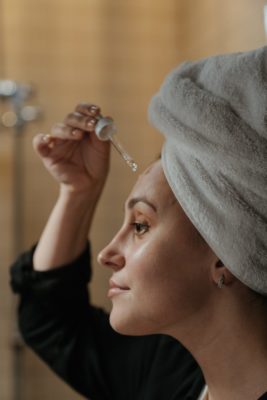
If you would like to bring new products with you, test them out before jetting off or hitting the road. Patch tests on your arm are best, that way if you have a reaction to them, said reaction isn’t all over your face for the world to see.
#2. Consider The Climate Of Your Destination
… And how your skin type might react to it. If you’re traveling somewhere humid, you probably don’t have to change anything about your skincare routine if you have dry skin – in fact, the humidity may even help your skin. However, if you have oily skin, you may need to take extra measures. If you’re traveling somewhere dry and you have dry skin, you’ll need to ensure you pack extra moisturizing products.
#3. Stay Hydrated Inside And Out
This can be tricky when you’re actually traveling. Especially if you’re on a road trip, you don’t want to have to constantly stop for bathroom breaks. That said, it’s important to stay hydrated, both for your general health and wellness, and for the sake of your skin.
On planes, water evaporates faster than it does on land, making it challenging for your skin to stay hydrated. When you’re dehydrated, you may be more prone to dry, flakey skin and breakouts. To help it stay clear and glowy, hydrate, hydrate, hydrate.
You can use sheet masks for topical hydration. You can also try “slugging”, which is when you slather on Vaseline for optimal hydration (not a good idea if you’re prone to breakouts, though). Choosing ultra-moisturizing products and reapplying them as needed can help.
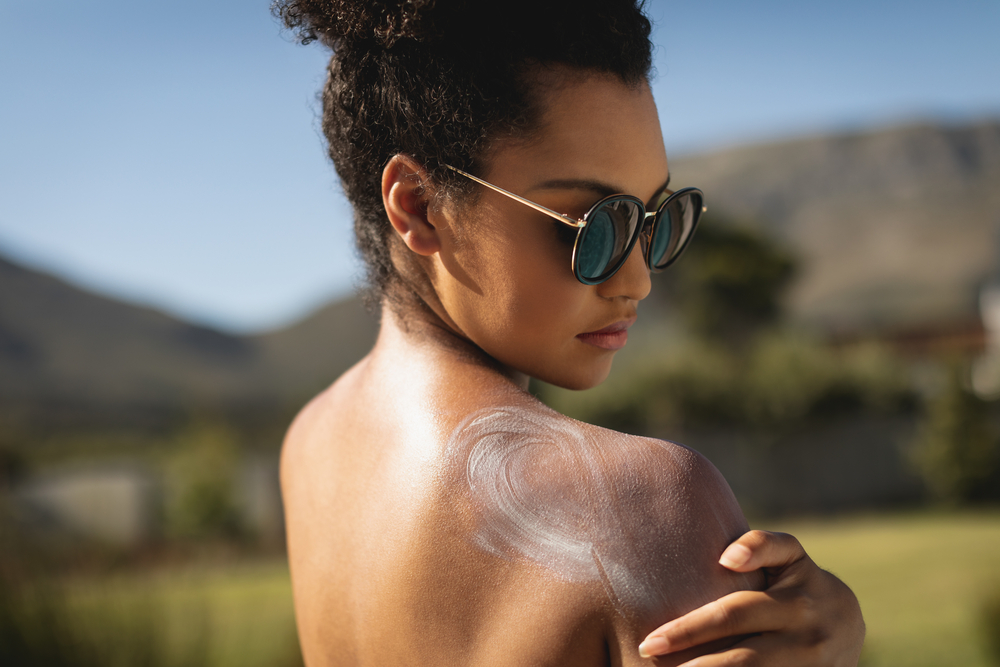
#4. Don’t Forget About Sunscreen
If you’re driving, you are more at risk for sun damage on the side closest to the side windows. If you’re flying, the air is thinner and you’re exposed to higher levels of UV rays. Make sure that you put on sunscreen before you get started on your journey, and reapply as needed. It’s typically recommended that you reapply sunscreen every 2 hours or so.
#5. Leave The Makeup Until After You Get To Your Destination
Makeup can clog your pores and keep your skin from being able to breathe. If you were wearing makeup before you have to travel, take it off beforehand and do your skincare routine. Wait to apply makeup until after you land, if possible, in order to help your skin during the traveling process as much as possible.
#6. Ask Your Dermatologist What To Do
Bear in mind that what works best for one person may be terrible for another. In order to best prep your skin for travel, talk to your dermatologist. They will be able to provide you with professional advice based on your particular skin type and concerns. That way, you’re better able to help your skin stay healthy and beautiful all throughout your travels.
Allen-Taintor Dermatology is here to help you keep your skin healthy and beautiful, and to provide treatments if it’s not. Contact us today to learn more about the dermatology services we provide.

